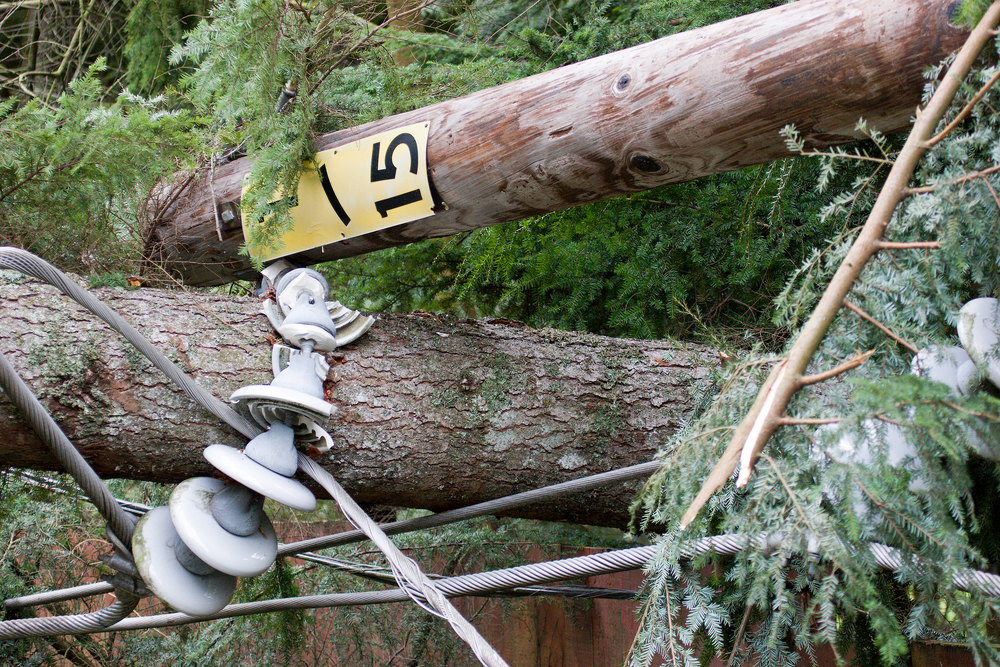
From 1980 to 2022 in the US, the annual average of sustained weather and climate disasters costing more than $1 billion in damage was 8.1.
In 2023, as of August 8th, we have seen 15 so far.
With extreme weather events and natural disasters on the rise both nationally and globally, it is more important than ever for communities to be prepared for disaster when it strikes. In this article, we’ll take a closer look at natural disaster preparation. We’ll also explore how utility undergrounding can be an overlooked — but significant — aspect of community safety.
How to Prepare for Natural Disasters
A well-prepared community can significantly reduce the risks associated with disaster events, safeguarding lives and property. Key elements of community preparedness include education, planning, and resource allocation.
Education
Knowledge is the foundation of preparedness. Communities must be informed about the types of disasters they are most likely to encounter and the best practices for staying safe. This can be achieved through public awareness campaigns, community seminars, and distributing literature on emergency preparedness.
Planning
Every community should have a detailed and regularly updated emergency response plan. This plan should outline the roles and responsibilities of various agencies, evacuation routes, and locations of emergency shelters. Regular drills and simulations are also vital for community safety.
Households need to plan ahead too. Create an emergency plan, stay informed about potential threats, and have emergency supply kits ready to go. These kits can be catered to your area, needs, and the types of emergencies you are likely to encounter. At minimum, emergency kits should include:
- Water
- Non-perishable food
- First aid kit
- Cell phone with chargers and a backup battery
- Important documents
- Prescription medications and glasses
- Personal hygiene items
- Cash
- Extra clothing
Resource Allocation
Communities need to invest in the necessary tools and infrastructure to respond effectively to disasters. This includes emergency supplies, communication systems, and trained personnel. This can also include larger scale systems that are valuable in emergencies, such as underground utilities.
Utility Undergrounding as a Proactive Measure
Utility undergrounding involves relocating overhead utilities — such as electrical and communication lines — below ground. By protecting these essential services from the impacts of severe weather, falling trees, and other hazards, undergrounding reduces the risk of widespread power outages. It also guards against electrical fires and other accidents that can result from downed and exposed power lines. It is a proactive measure that, while requiring an initial investment, pays dividends in the form of enhanced community safety and resilience during critical times.
Learn more about utility undergrounding here, or click here to explore community funding resources for undergrounding.
Here at Scenic America, we value our country’s scenic beauty and want to see it persist. We work to preserve the Scenic Byways, landscapes, and towns that define our nation’s visual character. Donate today to help us protect our beautiful places and the heart of our country’s character!